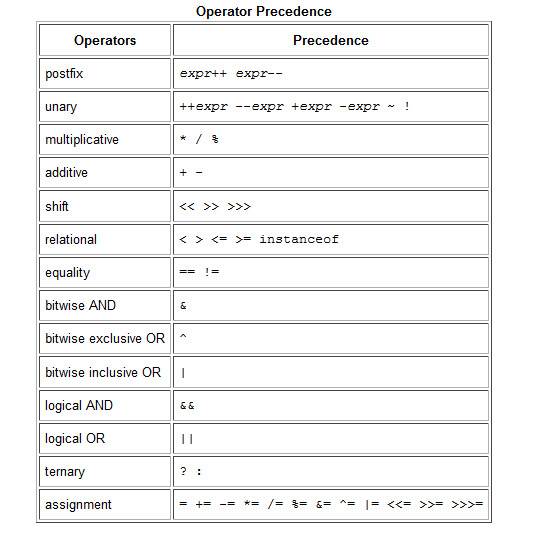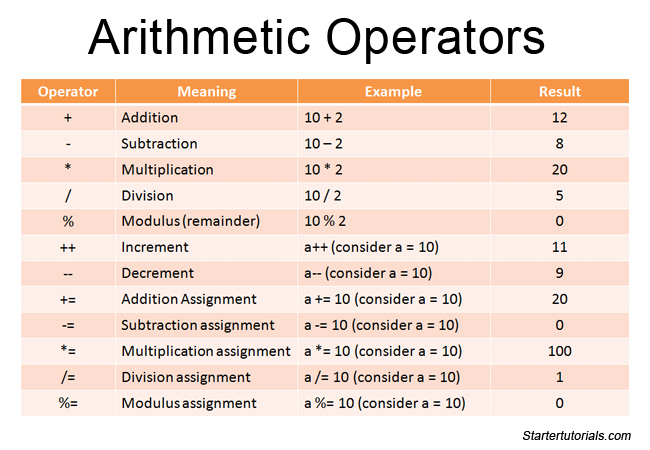

For example: int result = 2 - 3 + 4 // This expression evaluates to 3 (i.e., 2 – 3 + 4) Note that, if the operators have the same precedence, they are evaluated from left to right. int result = 2 + 3 * 4 // This expression evaluates to 14 (i.e., 2 + 12)
#Operation java code#
Here are a few code examples that illustrate how we can work with math operators in Java. Operators with the same precedence are evaluated from left to right.
#Operation java plus#
Plus and minus operators have the same precedence.Multiplication, division, and modulo operations have precedence over addition and subtraction operations.There are two important points to note when using Java operators: For example, multiplication, division, and modulo operations have a higher precedence than addition and subtraction operations. When an expression includes several operators with varying precedence, the operators with the highest priority are evaluated first, followed by those with the lowest priority. The order in which operators are evaluated is determined by operator precedence.
#Operation java how to#
Read: How to Use Lists in Your Java GUI Applications What is Java Math Operator Precedence? Relational Operators: Greater Than ( >), Less Than ( = 10) ? "Greater than or equal to 10" : "Less than 10".Logical Operators: AND (), OR (), and NOT ().Arithmetic Operators: Addition ( +), Subtraction ( –), Multiplication ( *), Division ( /), Remainder ( %) and Unary Minus ( –).The Java math operators can be categorized as follows: When an expression is evaluated, the data type of the resultant depends on the data type of the operands of the expression. An operand can be a constant, an expression, or a variable. These are the symbols that perform arithmetic operations on two operands. Math operators are symbols that indicate which operation to perform in a mathematical expression. Read: Tips to Improve Performance in Java Applications Understanding Java Math Operators Logical operators include: AND (&), OR (||), and NOT (!).

Arithmetic operators include: addition (+), subtraction (-), multiplication (*), and division (/). Java operators can be grouped into three categories: arithmetic, logical, and relational. They allow programmers to perform mathematical, logical, and other operations on data. Operators are one of the most common features of a programming language. By the end of this Java guide, you should have a good understanding of how to work with math operators in Java and use the Java Class. We will also touch on some of the more advanced topics, such as operator precedence and associativity.

In this Java programming tutorial, we will take a look at the different math operators available in Java and how to use them to perform mathematical equations.


 0 kommentar(er)
0 kommentar(er)
